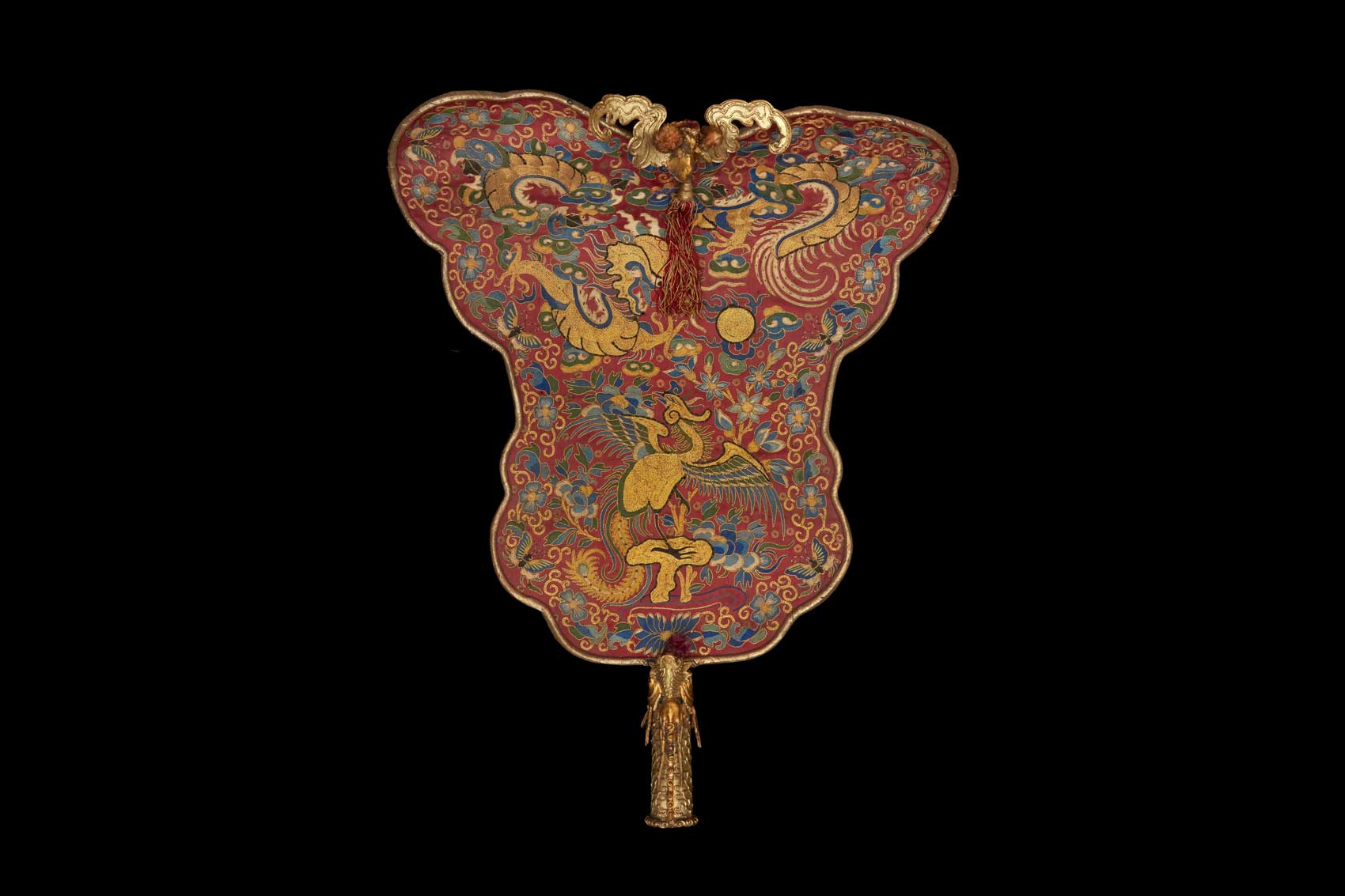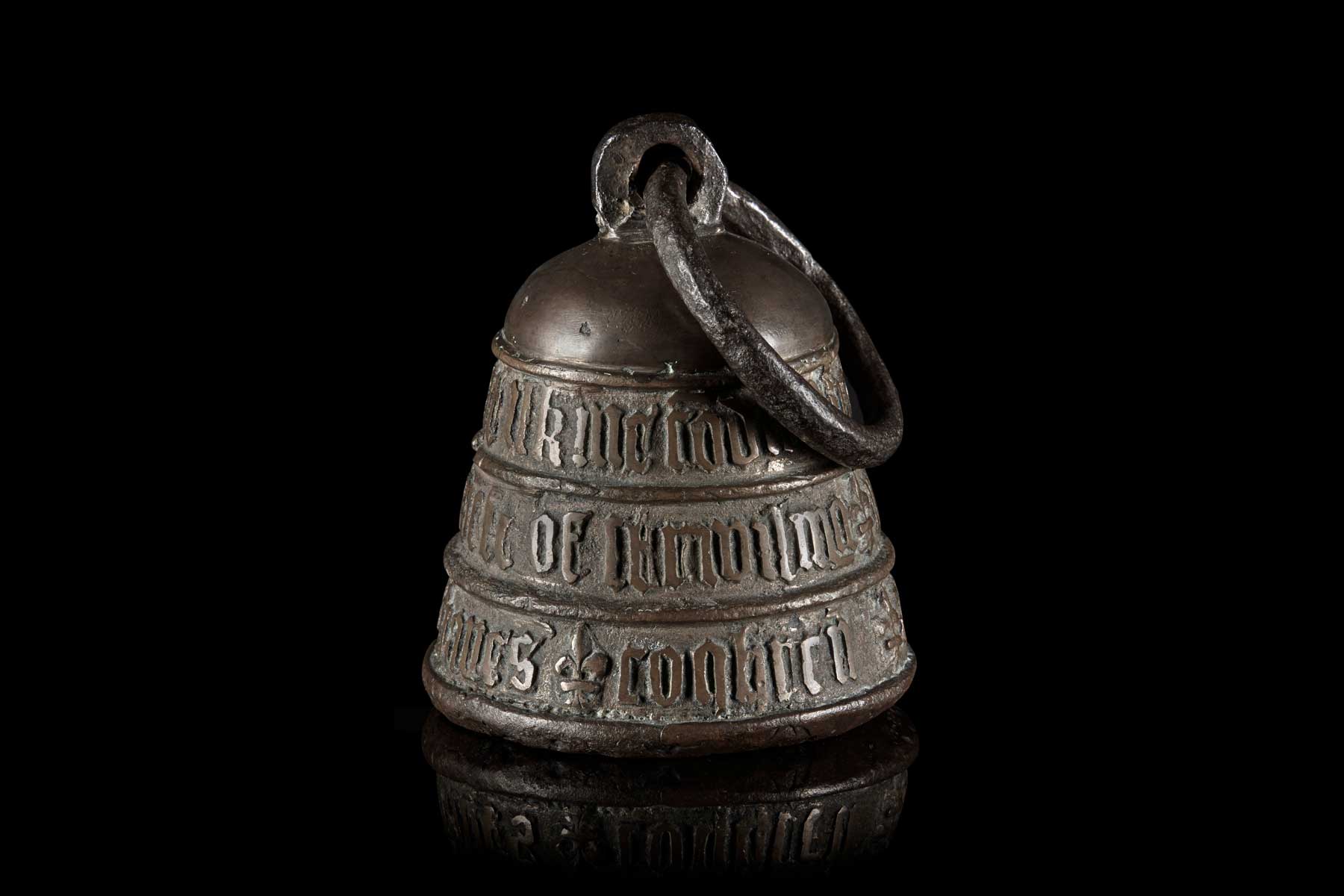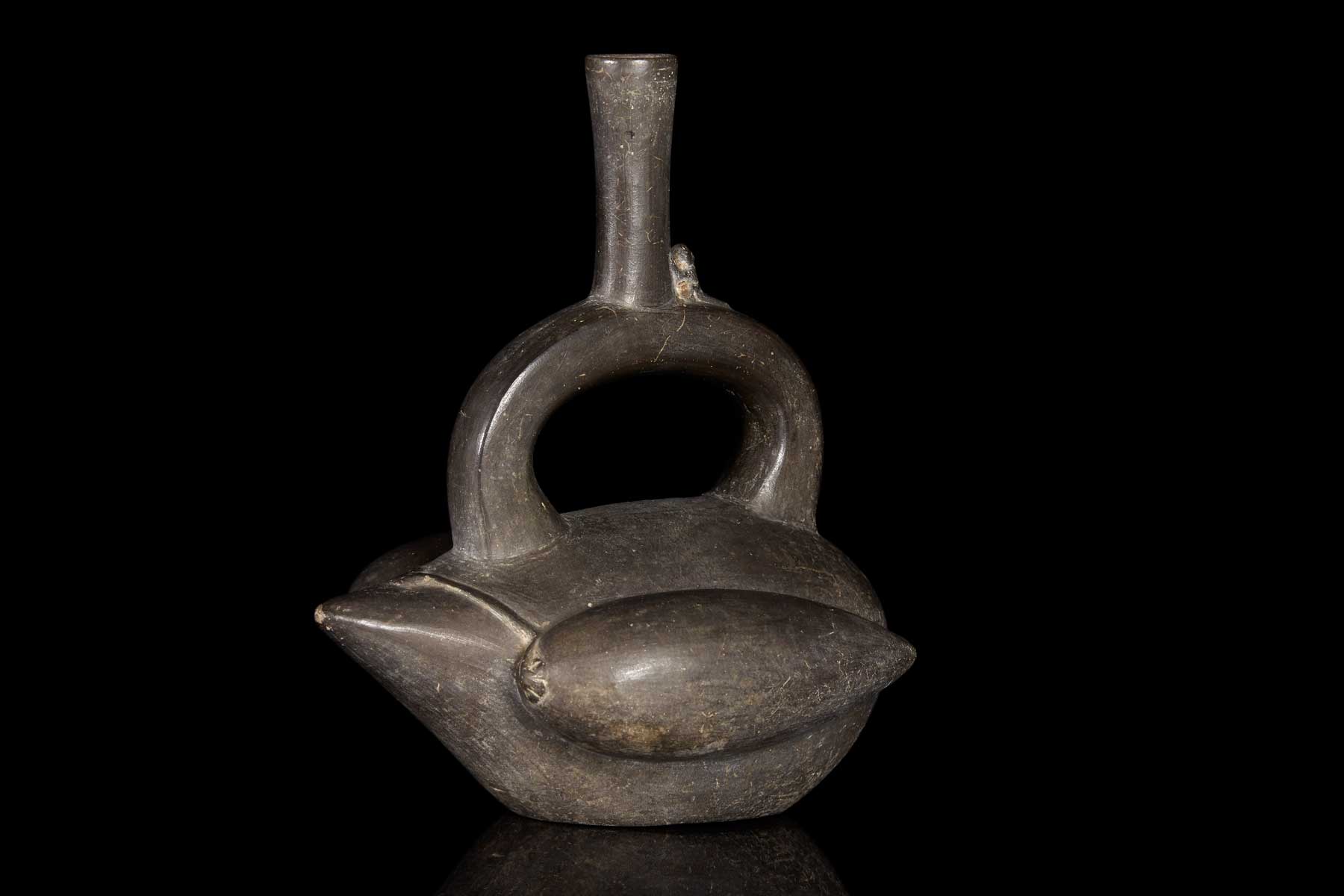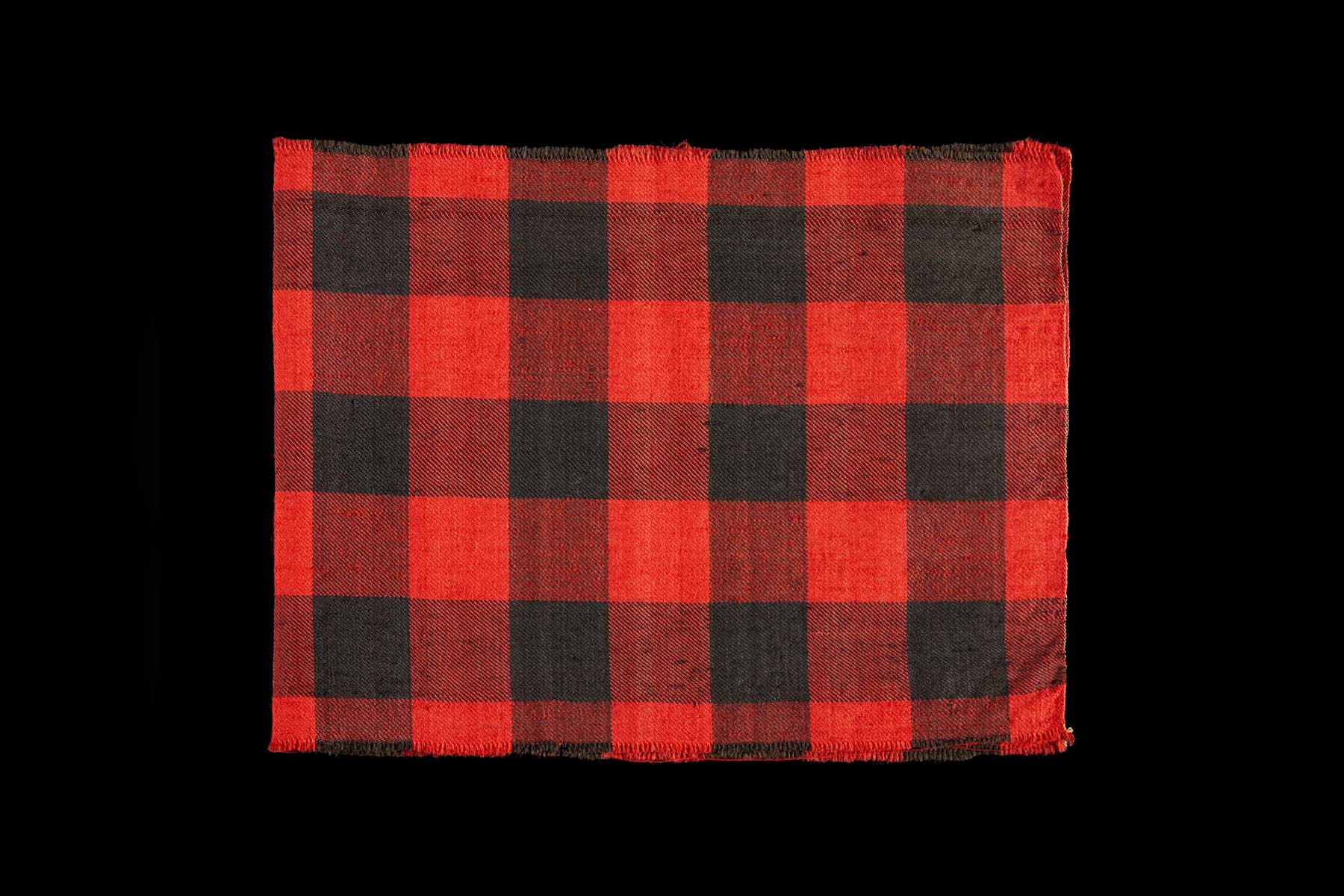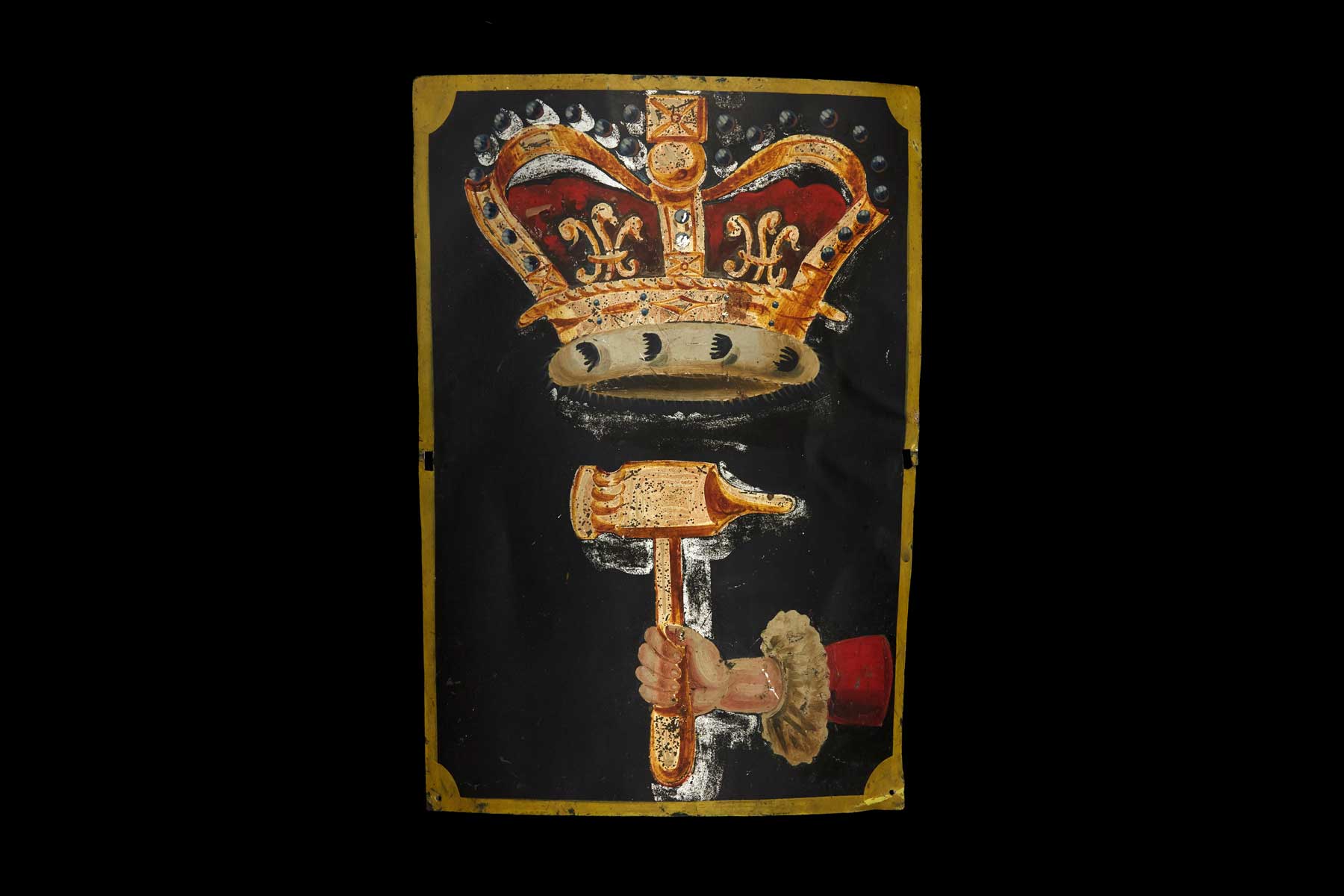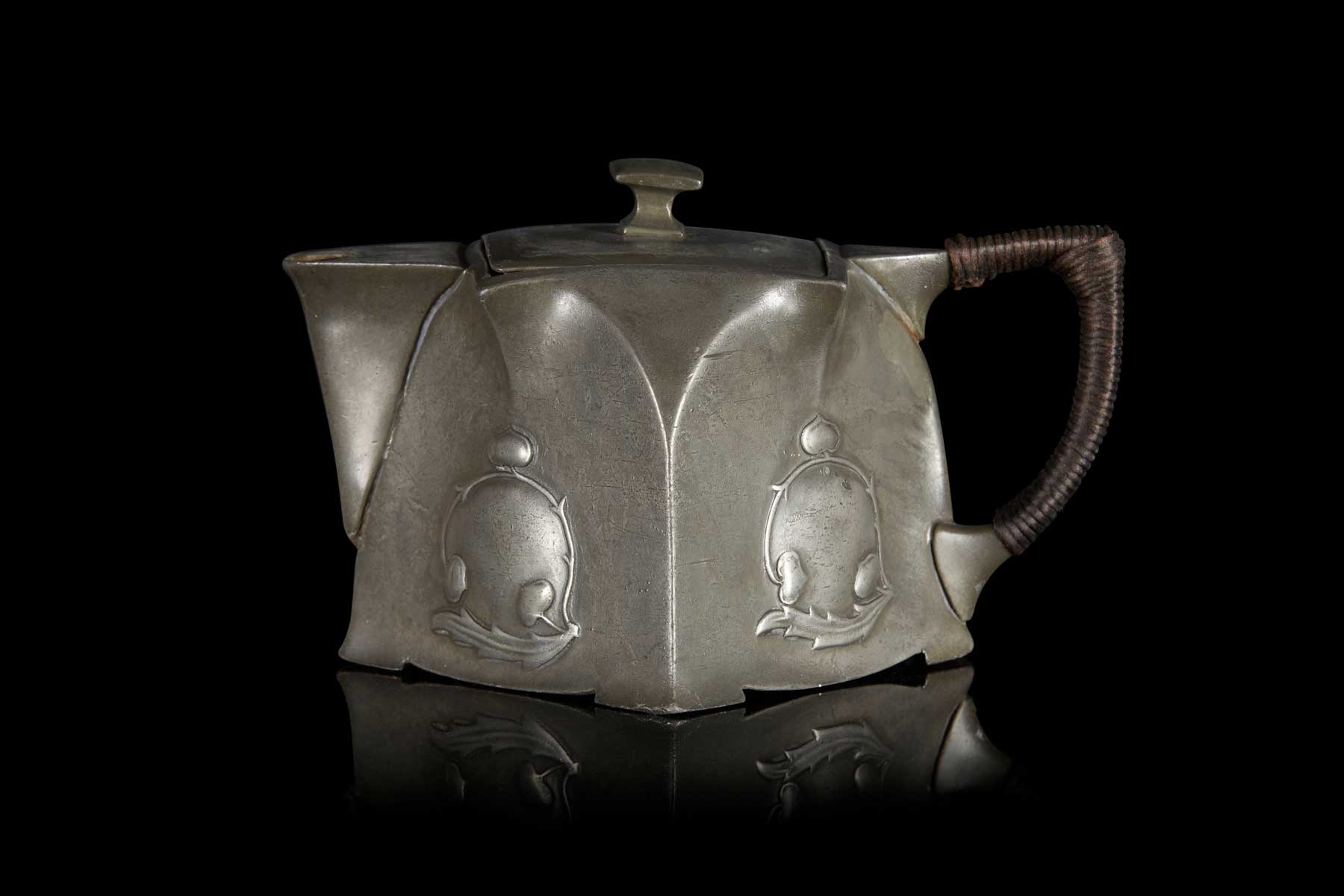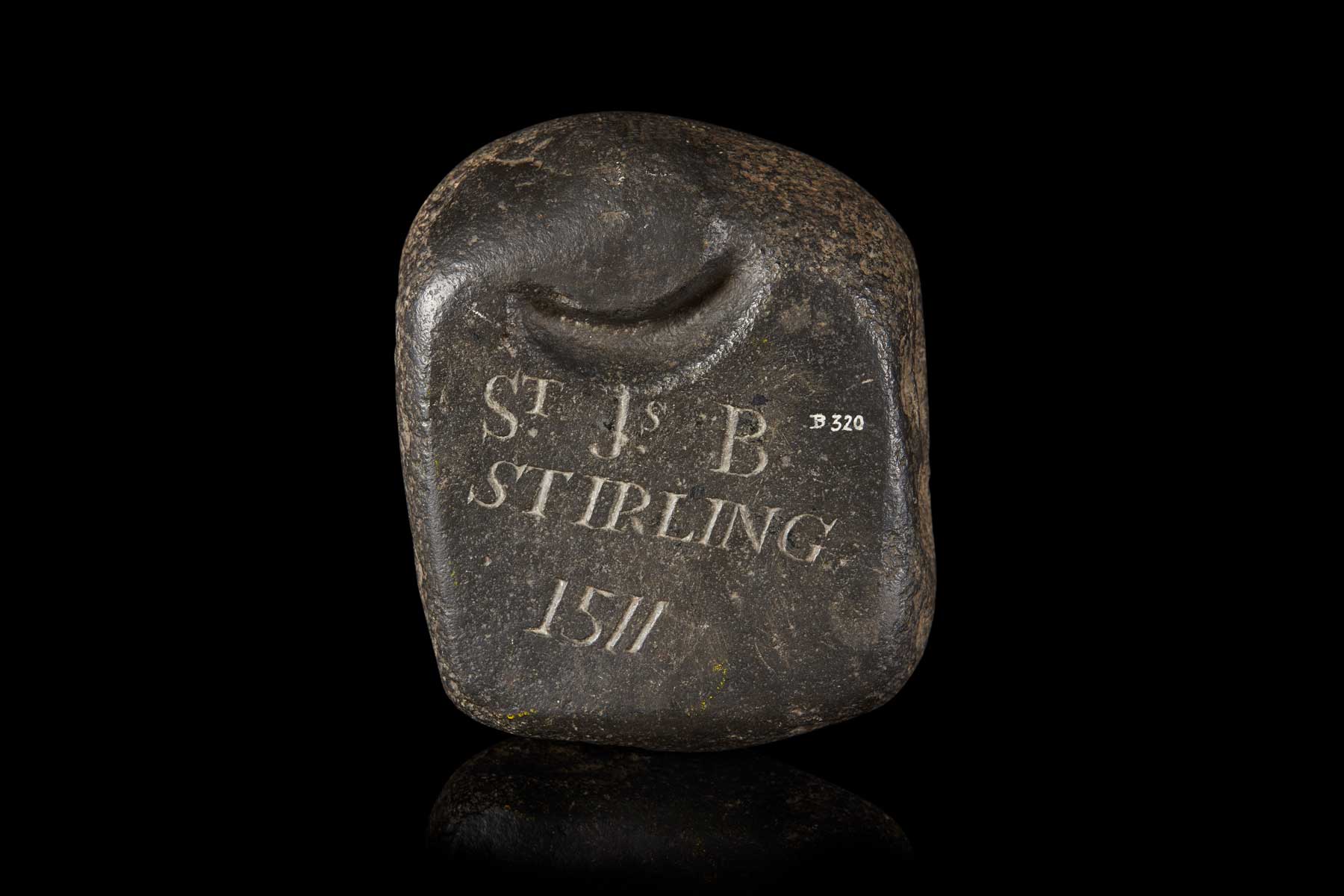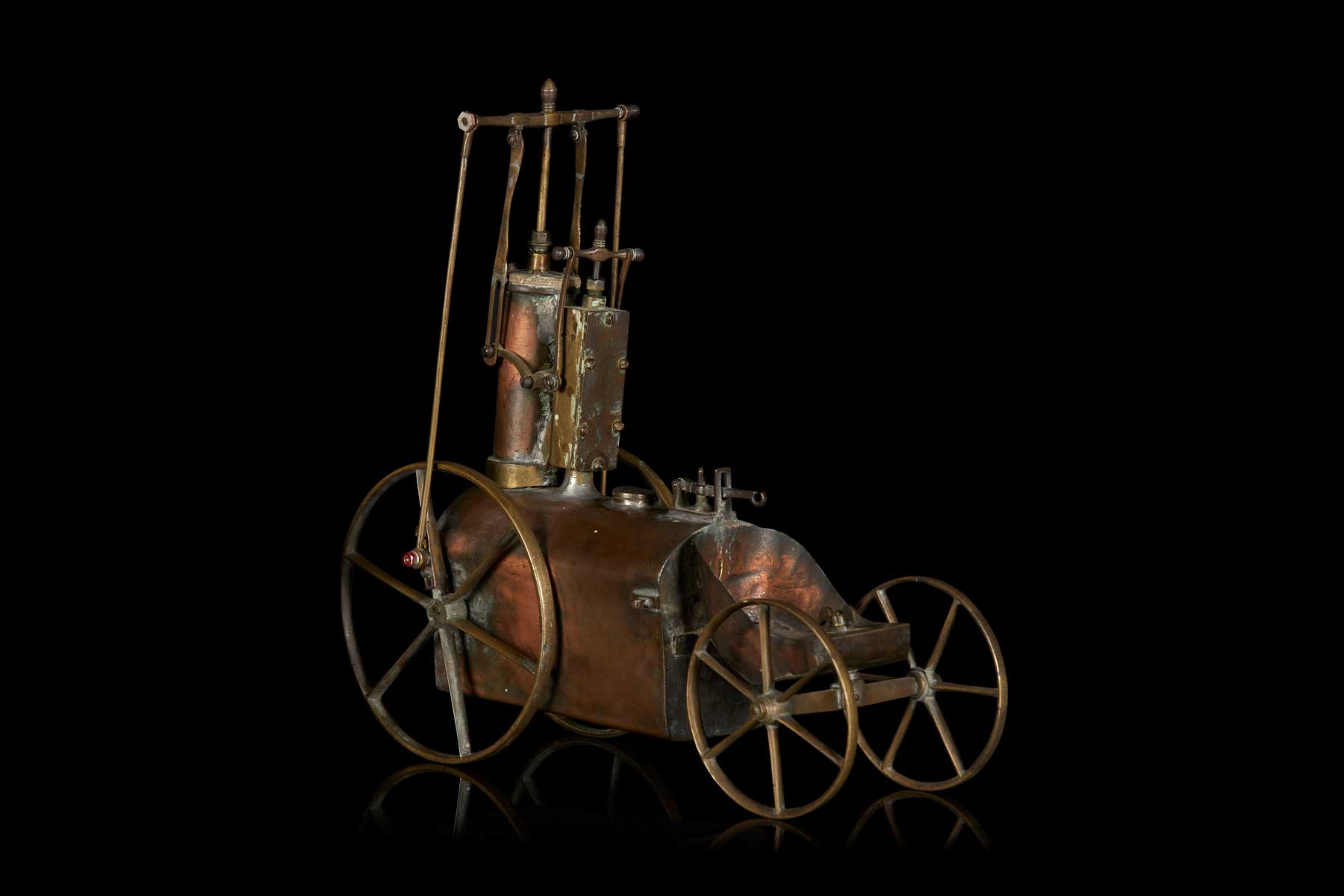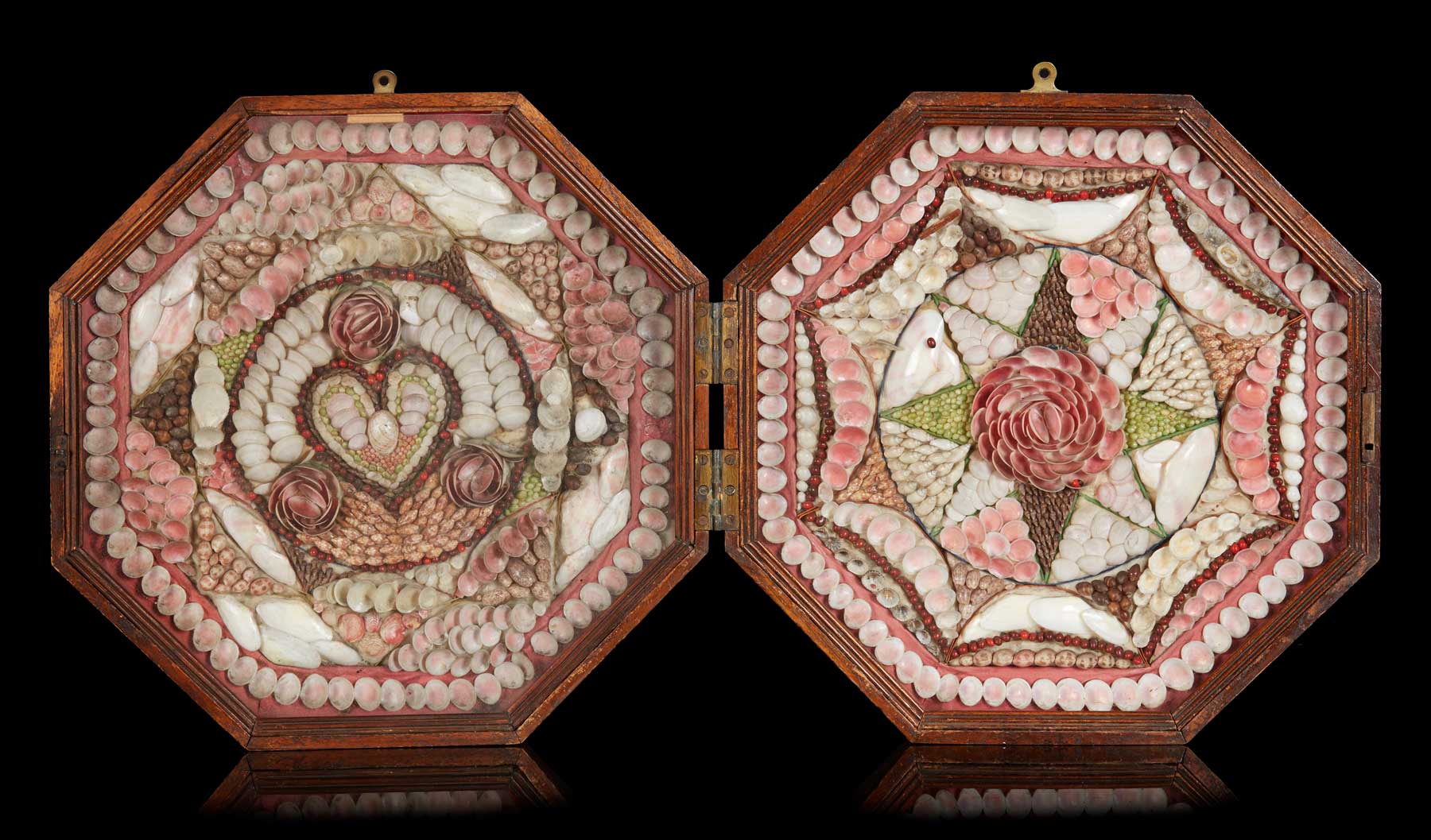Moche Pottery

This earthenware flask is a remarkable example of pottery from the north coast of present-day Peru. It was made sometime between 600-800 by the Moche, one of a series of sophisticated civilisations that flourished in South America before the rise of the Incan Empire.
Moche society developed between the first and eighth centuries AD, based in the river valleys that flowed west through the arid coastal plains to the Pacific Ocean. They were forward-looking and innovative, with a strong political and artistic culture.
Moche pottery was very sophisticated, with much of it decorated with finely detailed imagery inspired by the natural world. The rounded shape of this flask provides a wide, smooth surface for the geometric spiral pattern that flows around it. The red on white colour scheme is typical of Moche pottery at this period.
The flask has a stirrup spout, named because it is shaped like a stirrup on a horse’s saddle. This form was extremely popular on Peru’s north coast for more than 2,500 years. Why did they choose this unusual shape? One theory is that the double-branch with a single-spout could reduce evaporation of the liquid inside when the weather was hot.
